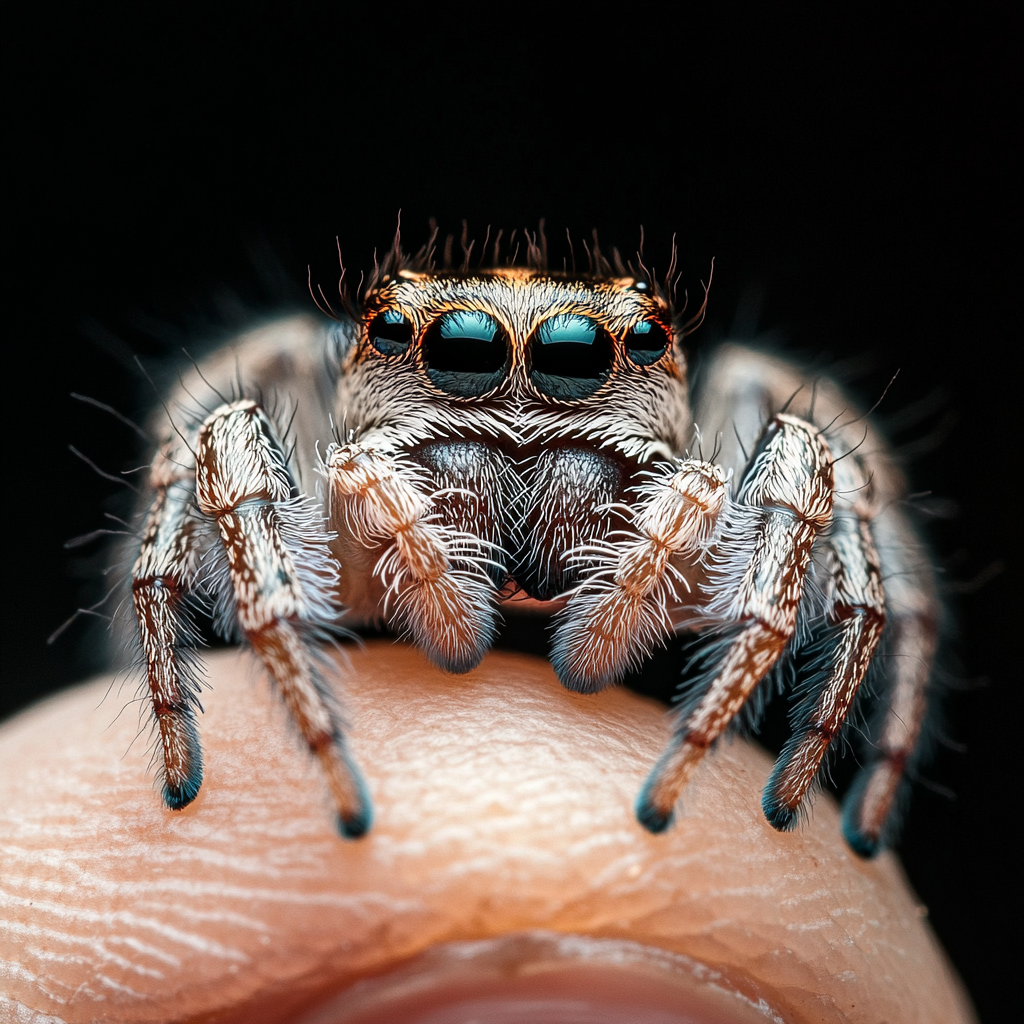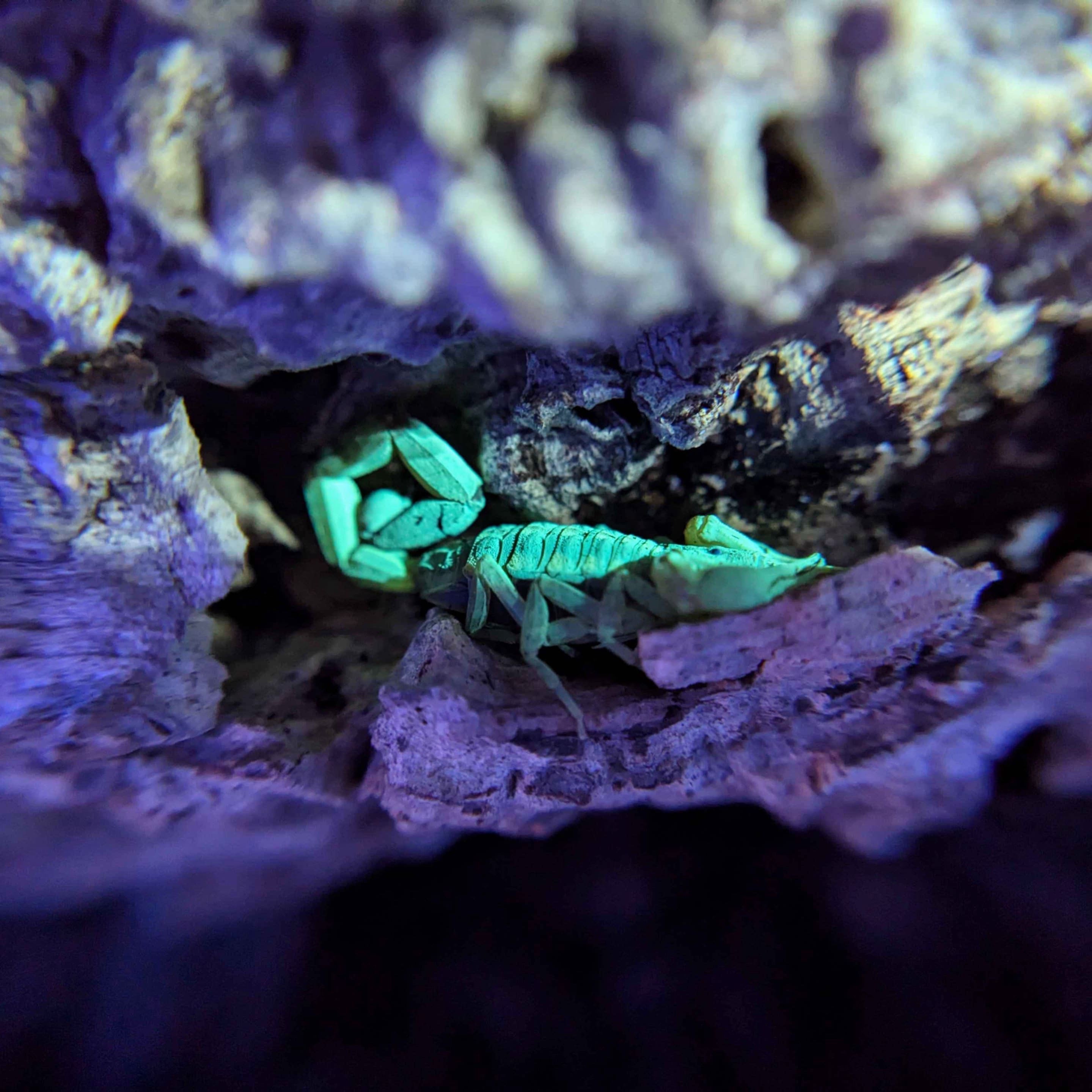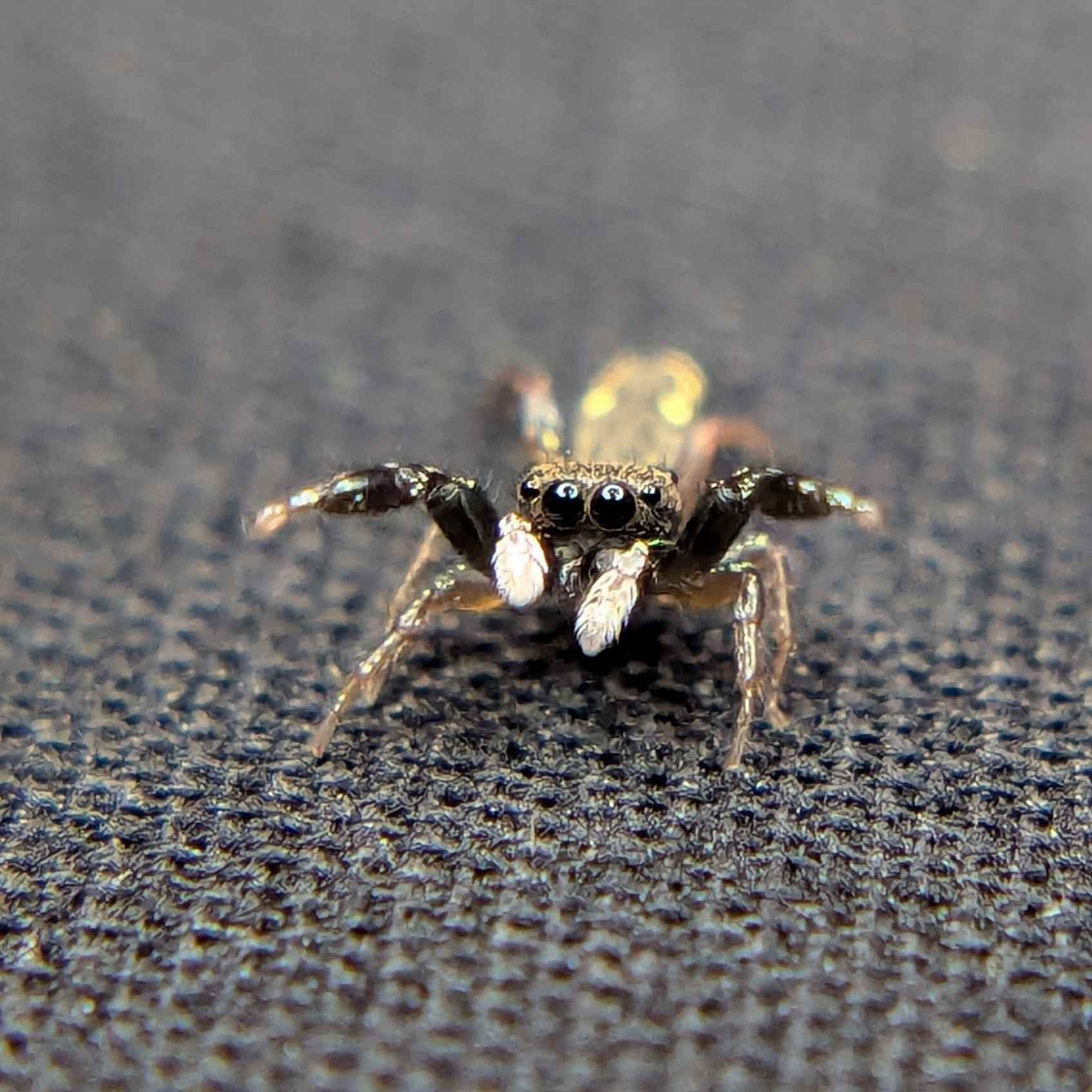Jumping spiders are some of the most popular and captivating arachnid pets due to their curious nature and incredible agility. These little creatures belong to the Salticidae family, known for their advanced vision, keen hunting skills, and unique behaviors. One aspect of their personality that often goes unnoticed is their ability to communicate—especially with humans. While they don’t “talk” like pets we may be more familiar with, like dogs or cats, jumping spiders communicate in ways that are subtle but profound. Let’s explore how your jumping spider may communicate with you and how to recognize these behaviors.
Visual Communication: The Power of Eye Contact
One of the most noticeable ways a jumping spider communicates is through its eyes. Jumping spiders have excellent vision with four pairs of eyes, giving them a nearly 360-degree view of their surroundings. They use their large central eyes to focus and assess their environment, and you might notice your spider looking directly at you when you approach its enclosure. This is not just curiosity; it’s a form of communication. The spider is observing you to evaluate if you are a threat, a source of food, or simply part of its environment.
In fact, a jumping spider will often “look at” its owner as if it is studying your movements. If you’re in its direct line of sight, expect the spider to observe your every move, turning its head and adjusting its position to get a better view, much like a person would glance over at something of interest.
Posture and Body Language
Just like dogs or cats, jumping spiders use body language to communicate their moods and intentions. A relaxed jumping spider typically has a calm posture, with its body flat against a surface, its legs stretched out, and its antennae moving slowly. When it feels curious or playful, it may “bounce” or hop in place, even shifting its body to get a better look at its surroundings.
Conversely, when a spider feels threatened, it will display defensive behaviors. You might notice it raise its front legs, arch its body, or stand upright. This posture is meant to make the spider appear larger and more intimidating. If you’re too close to the spider or you make sudden movements, you might see it adopt this defensive stance, which is its way of saying, “I feel threatened, back off.”
Some jumping spiders will even make short, rapid jumps to get out of perceived danger or to create distance from your hand if you try to handle them. This quick movement can be interpreted as a direct form of communication, signaling that the spider prefers to remain undisturbed.
Vibrations and Web Signals
While jumping spiders don’t build large webs like other species, they do produce silk threads, which they use for various purposes, including to mark territory, build shelters, or create draglines while jumping. They also use silk to create vibrations, which can serve as a form of communication, especially during mating rituals.
As a pet, your jumping spider might respond to tapping on the glass or vibrations in its environment by moving to investigate the source. These vibrations are a form of environmental communication—your spider is sensing and interpreting signals coming from its surroundings. If you tap gently on the glass or make other movements around the enclosure, your spider may react by moving towards the source or simply freezing to evaluate whether the vibrations pose a threat.
Additionally, jumping spiders can use vibrations in the wild for communication during courtship. Males often produce subtle vibrations in the web to signal interest to a female. While your pet spider won’t be involved in mating rituals, it might still engage in vibration-based communication to assess what’s going on in its environment.
Feeding Behavior and Food Recognition
Your jumping spider’s behavior around feeding time is another way it communicates with you. Spiders often learn to recognize feeding times and associate certain actions with food. Over time, your spider will begin to anticipate when you approach its enclosure with prey. You may notice it becoming more active or even approaching the glass when it sees you. This is the spider’s way of saying, “I recognize you, and I know what’s coming!” It’s a clear form of communication based on the spider’s ability to associate you with food.
Interestingly, when the spider is hungry, it will also show more interest in the prey you provide, actively hunting and pouncing on it with excitement. If it isn’t hungry or is well-fed, the spider may ignore or be less interested in food. These feeding behaviors indicate that the spider is actively engaging with its environment and “communicating” its needs.
Tactile Communication: Subtle Touches
Though less common, some jumping spiders may become accustomed to gentle handling, developing a form of tactile communication. While jumping spiders are generally solitary and prefer to be left alone, they can become accustomed to regular interactions with their owners. Over time, your spider might tolerate gentle nudges or even the feel of your hand or finger on the glass, interpreting these touches as non-threatening.
However, it’s important to note that jumping spiders don’t enjoy being handled excessively, and doing so can stress them out. The key to interpreting tactile communication is recognizing when your spider is comfortable with your presence and when it’s not. If it shows signs of distress, like retreating to its hide or assuming a defensive posture, it’s a signal to stop handling and give it space.
Conclusion: Building a Unique Connection
While jumping spiders don’t have complex communication systems like some animals, they certainly communicate with their environment, including humans, in fascinating ways. By observing their eye contact, body posture, feeding behavior, and responses to vibrations, you can begin to understand and build a connection with your pet spider. With time, your jumping spider will learn to recognize you and react accordingly, creating a unique bond that’s entirely based on understanding the subtle signals and cues they use to interact with the world.




Leave a comment
This site is protected by hCaptcha and the hCaptcha Privacy Policy and Terms of Service apply.